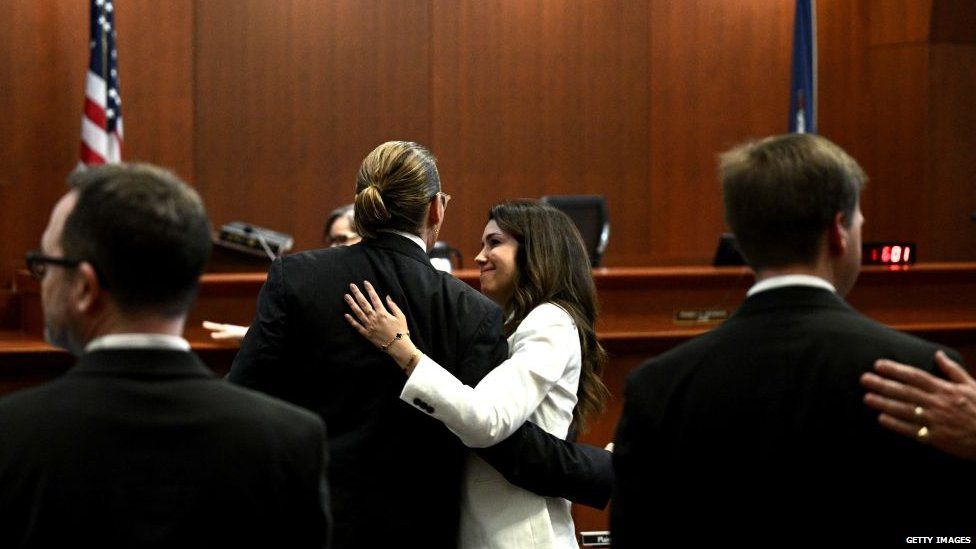Today we will provide information and reviews about Next Fridays: Doodling the Law
Read the following article to get more information.
Centuries later, hieroglyphs are making a comeback.
Or so it seems, based on the graphic-rich menus dominating the new trend of casual, homemade, faux-healthy eateries (take a look at the calorie counts of some items) like Sweet Green. Boloco burrito, naked pizza, and Mediterranean cava I’ve been eating several times a week with my girls at camp. Although I’m not a branding expert, the bright images probably target several demographics, from college students and recent graduates who appreciate the youthfulness factor and cool technology to busy professionals who can be more comfortable with their phones. Order together, when there is less SMS for parents. who hope the vibrant menu graphics will be magnetic enough to break kids out of the Golden Arches’ hypnotic spell.
So I wondered if there is a role for spoofing in 21st century law. I think so too.
Of course, I am not the first person to see the Nexus. Nathan Burney, a blogger, solo attorney, and Rakowski co-defendant, is working on a graphic guide to criminal law that explains concepts like masculinity, self-defense, coercion, and deterrence more succinctly than the thick texts I remember from the law. Gives. School Similarly, lawyers can use images and doodles to illustrate complex concepts to clients in a subtle and understandable way. Today’s customers are inundated with so much input 24-7 that a graphic can make their lives easier. This is also true for clients for whom English is a second language or who have never advanced in school.
Good graphic design can be expensive, so if you want to include visuals in your menu, you may need a professional. But you can use graphics to explain concepts to clients while they’re in your office. For example, you can use a whiteboard in your office or a piece of legal scrap paper to chart the path of a discrimination case from filing an EEOC complaint to federal court or to show the various components of a bankruptcy estate. Apple comes in handy here too. One of my favorite drawing programs is FiftyThree Paper, and while it’s not free, it’s fun and easy to use (here’s my doodle showing the three different bases for qualifying offshore hydrokinetic projects under the Federal Powers Act. Whee! )
Some may argue that the use of graphic images is inappropriate and unprofessional. Or that graphics make the law seem so accessible that clients may be tempted to take cases into their own hands. But for me, the bigger insult is to treat clients like children. Instead of explaining the basics of the case and letting them make decisions that could affect their lives, tell them “don’t worry about it, I’ll take care of it”. Likewise, the greater threat to lawyers is not that we make the law too commonplace or accessible, but that we overcomplicate it with fancy jargon and phonebook-sized documents that confuse consumers and business people. They intimidate so that they don’t do it. Don’t even bother seeking legal help.
If you think about it, graphics for the law make more sense than restaurant menus. Diners come and go, but the law, like the graphics, endures. After all, one of the oldest written sources of law—the Code of Hammurabi—also began as a collection of tablets.


